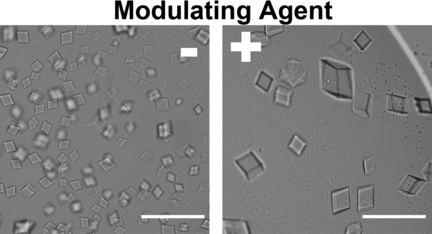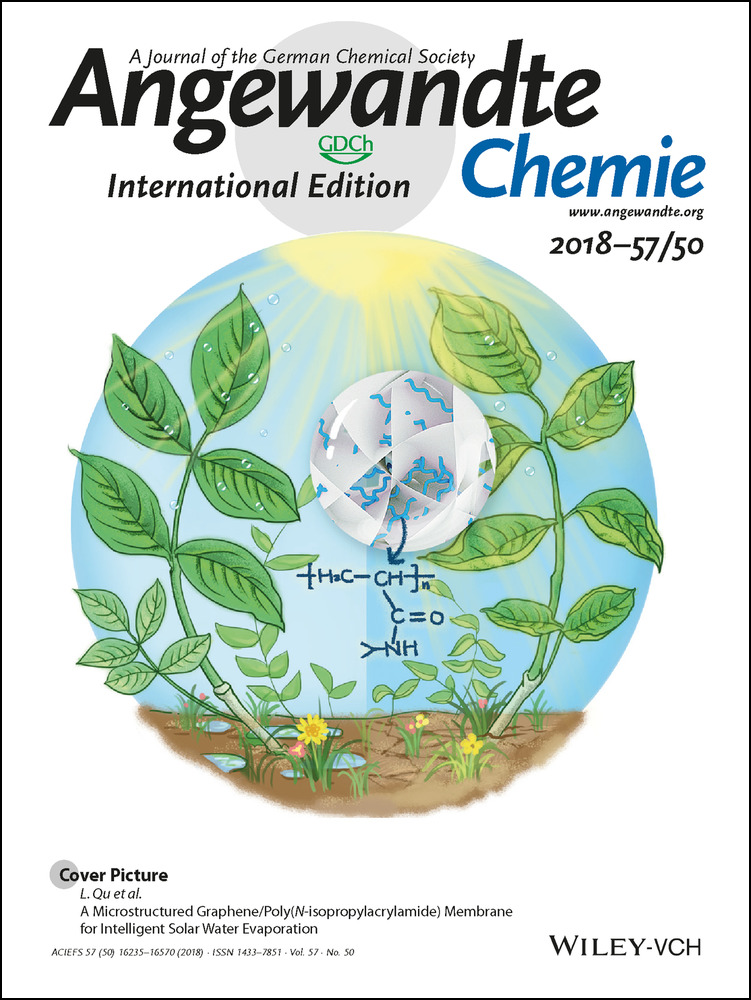Modulating Self-Assembly of DNA Crystals with Rationally Designed Agents
Graphical Abstract
Sustainable growth: A strategy for controlling the crystallization kinetics and improving the quality of engineered self-assembled 3D DNA crystals is reported. By using a rationally designed agent to modulate the crystallization process, fewer, but larger, crystals that yield diffraction patterns with modestly higher resolution are produced.
Abstract
This manuscript reports a strategy for controlling the crystallization kinetics and improving the quality of engineered self-assembled 3D DNA crystals. Growing large, high-quality biomacromolecule crystals is critically important for determining the 3D structures of biomacromolecules. It often presents a great challenge to structural biologists. Herein, we introduce a rationally designed agent to modulate the crystallization process. Under such conditions, fewer, but larger, crystals that yield diffraction patterns of modestly higher resolution are produced compared with the crystals from conditions without the modulating agent. We attribute the improvement to a smaller number of nuclei and slow growth rate of crystallization. This strategy is expected to be generally applicable for crystallization of other biomacromolecules.





